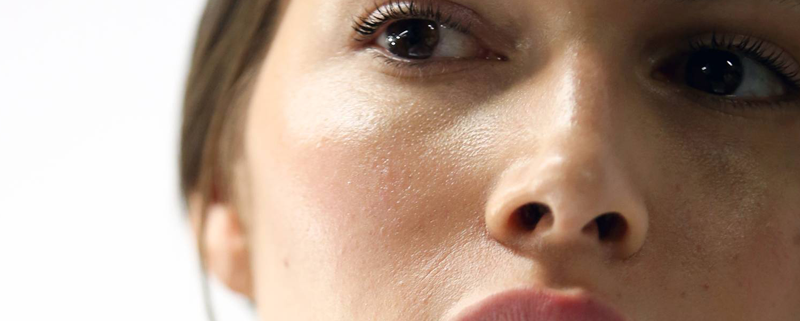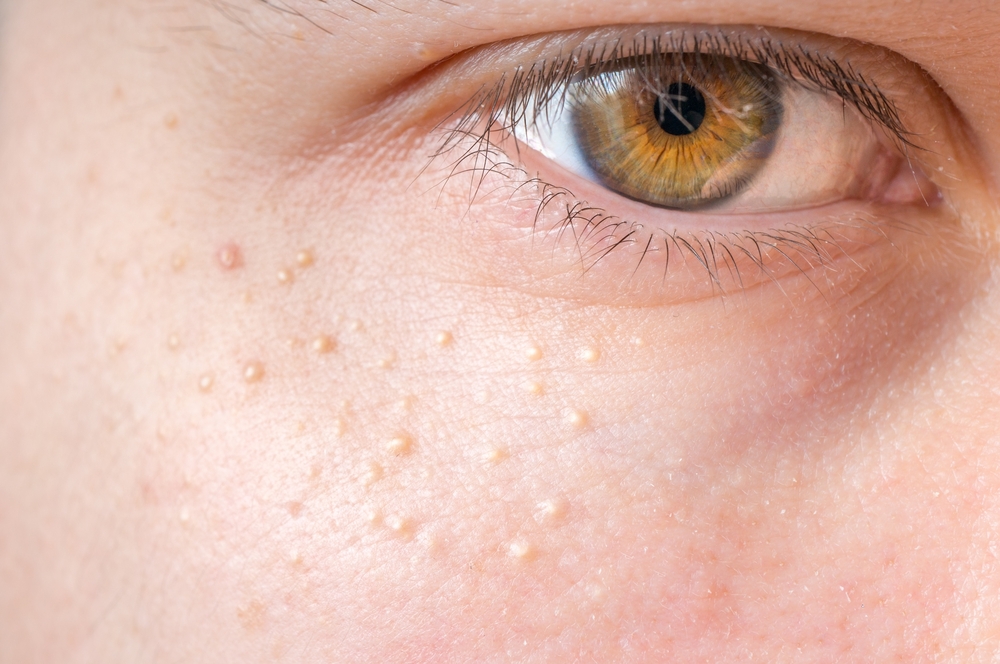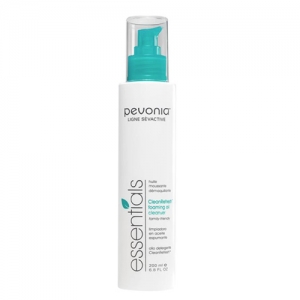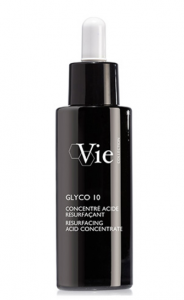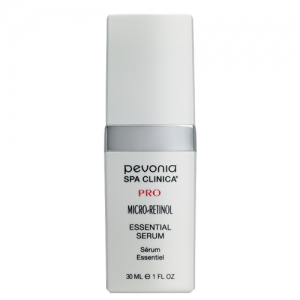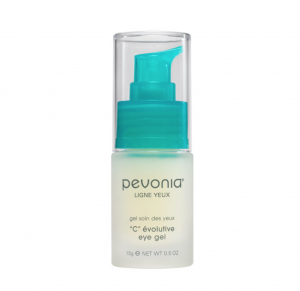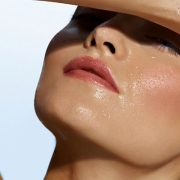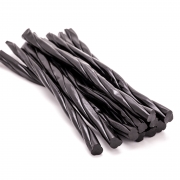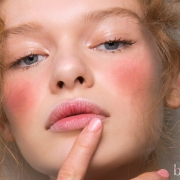MILIA: What are they and how do you get rid of them?
UPDATED
If you’re currently experiencing small, whitish bumps on your face, mainly on your cheeks, nose or around your eye area, you could be suffering from milia.
Also known as ‘milk spots’ (although nothing to do with the amount of milk you’ve been consuming!), milia, while commonly associated with newborn babies, can frequently occur in adults too. They are often mistaken for whiteheads but are in fact keratin-filled cysts that form under the skin. Keratin? (You might be thinking since it’s likely you associate this protein with haircare) helps form our hair and nails but also makes up our skin’s outermost layer too! The problem is when keratin builds up, it hardens and becomes trapped which is when milia are formed.
Fortunately, there are a number of steps we can take to get rid of milia, as well as prevent them from returning too! Firstly, though it’s important to understand what causes milia as well as the two main types you could currently be experiencing.
What causes milia?
Your body naturally gets rid of dead skin cells by shedding them to make room for new cells to grow and take their place. When the dead skins cells don’t naturally expel, they can get trapped underneath the new cells, they then harden and turn into cysts.
What are the two main types of milia?
-
Primary Milia
These are small cysts that most commonly occur around the eye area due to skincare used in this area not penetrating properly. Unlike skin on the rest of the face, the eye area has limited blood circulation to filter excess oil – therefore eye creams need to be very lightweight and easily absorbed.
Primary milia can also be found on your forehead and cheeks.
-
Secondary Milia
Although they look similar to primary milia, secondary milia develops when something clogs the sweat ducts. This is usually caused by some kind of skin trauma or infection, (such as laser treatments or chemical peels or even cold sores), or contributing lifestyle factors, including lack of sleep, smoking, poor personal hygiene, using oil-based beauty products in excess, and long-term steroid use.
What are the best milia treatment options?
First up, forget squeezing. Remember milia are not whiteheads (although you shouldn’t squeeze any spots really!) they are instead stubborn cysts so squeezing (whether it be with your bare fingers, nails or any tools!) will only irritate and cause damage to the skin and without being able to remove the problem! Instead, you are best to wait it out (yes milia can simply disappear on their own but this can take TIME) or you can take the pro route – milia removal. This usually requires an incision, especially when the cysts are deep below the skin’s surface, typically, it’s a quick and painless in-clinic procedure. Depending on the dermatologist or skin expert, they should be able to get rid of the milia using a lancing tool or needle. They will gently flick up the outer most surface of skin freeing the milia and enabling it wiggle it out like a tiny chalk ball. Sounds horribly satisfying!
How can you prevent milia from returning?
As ever with skincare, prevention is better than cure (there’s no needles involved, for one), so try these suggestions if milia are a recurring concern for you.
-
Cleanse thoroughly every day
Removing your make-up thoroughly before bed is essential, and if you’re not already try double cleansing in the evenings, particularly if you wear heavy make-up and/or live in a polluted area. The first cleanse removes your make-up, SPF and sebum (use something like an oil cleanser to melt make-up, we recommend the ELES Transformation Oil Cleanser), and the second – which is where your facial massage comes into play – should remove any further impurities and treat the skin. We love Pevonia’s CleanRefresh Foaming Cleanser.
-
Exfoliate skin with the best acid exfoliators (formulated with AHA and BHA’s)
Regular exfoliation works wonders in preventing milia, in fact the most effective way to keep milia at bay is to encourage cell turn over! Look exfoliators formulated with glycolic acid and salicylic acid. Apply at least three times a week, paying special attention to areas of milia. Try: Pevonia Glycocides Cream or Vie Collection Glyco 10 on freshly cleansed skin in the evening. You won’t be disappointed!
If you have sensitive skin, or prefer manual exfoliation, try using a gentle scrub a few times a week such as the Phytomer Marine Scrub or Pevonia Gentle Exfoliating Cleanser. This way you’ll keep the dead skin cell build-up at bay and your pores tight and clean.
-
Use a retinol cream
Retinol is also very helpful for both fighting and preventing milia. This form of vitamin A assists skin cell turn over, allowing the milia to surface and preventing the build-up of dead cells leading to the cysts in the first place. Try: Pevonia Micro Retinol Serum and Pevonia Micro Retinol Cream or Vie Collection Retinopur Fluid.
-
Choose your eye cream carefully
Skin under the eyes can be prone to puffiness if fluid builds up there, especially with aesthetic interventions which limit muscle movements [such as Botox] and lymph circulation. This, coupled with rich products loaded onto the thin skin with limited blood circulation is a recipe for clogging. Therefore, it’s vital to use lightweight eye creams, and ensure they penetrate effectively. Try: Pevonia “C” Evolutive Eye Gel or Vie Collection Chrono Eyes puffiness dark circles.
-
Wear sunscreen religiously!
While this is already a must to reduce the risk of premature ageing, sun damage can also be a contributing factor of secondary milia. Also make sure you wear a hat, and sunglasses.
-
Consider making some lifestyle changes
Limit your intake of cholesterol-rich foods (meat, eggs, etc) and instead stock up on good sources of essential fatty acids such as oily fish, flax seeds, olive oil (unheated), avocados and linseeds. Incorporate vitamin D supplements into your daily routine and avoid heavy oil-based skincare or make-up products. Instead opt for mineral makeup which will allow skin to breath freely.

